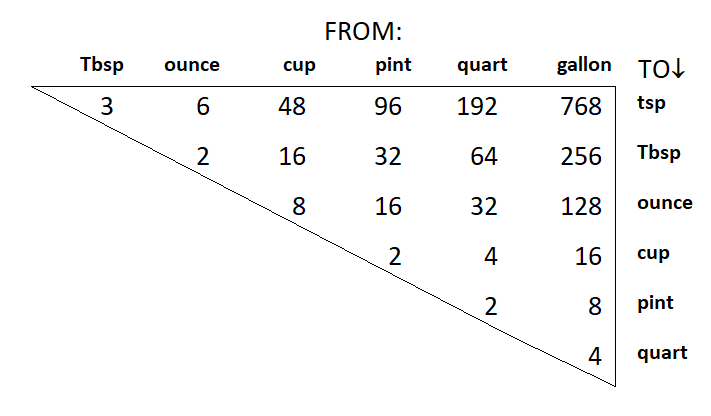Introduction
Recipe Use
Recipes were chosen for this laboratory manual to illustrate principles of food preparation. While most of the recipes produce a standard product, some are not designed for general use. For example, while all the recipes in the food preservation section will result in food that is safe, some variations will not be of standard quality. Other recipes are formulated for a specific purpose, such as the recipes for cream pie fillings that are designed to set within a three-hour laboratory period and may be too stiff if allowed to stand longer. In some cases, the ingredient proportions are dependent upon the size of the recipe and results will not be satisfactory if the recipe is increased.
Ingredients
Margarine may be substituted for butter in all recipes unless the recipe specifies otherwise.
Bottled lemon juice may be used in all recipes unless a recipe specifies fresh or frozen juice.
Temperatures and Measurements
Most recipes in this manual are designed for common household utensils and appliances. Because of that, most measurements are common household measurements. The Celsius scale is used for all temperatures except oven temperatures, which are in Fahrenheit.
In order to convert temperature from one scale to another, use the following:
ºC = (ºF-32) / 1.8
ºF = (ºC x 1.8) + 32
Equivalents
Equivalents with abbreviations used in the laboratory manual:

1 gallon = 4 quarts (qt.)
1 quart = 2 pints (pt.)
1 pint = 2 cups
1 cup = 8 fluid ounces (oz.) or 16 tablespoons (tbsp.)
1 tablespoon = 3 teaspoons (tsp.)
1 pound (lb.) = 454 grams (g.) or 16 ounces
1 large egg = ~¼ cup = 4 tbsp.
dash — few grains, less than 1/16 tsp.
Some products must be packed or weighed to attain the correct measurement.
1 cup grated cheese = 4 oz. = 114 g.


